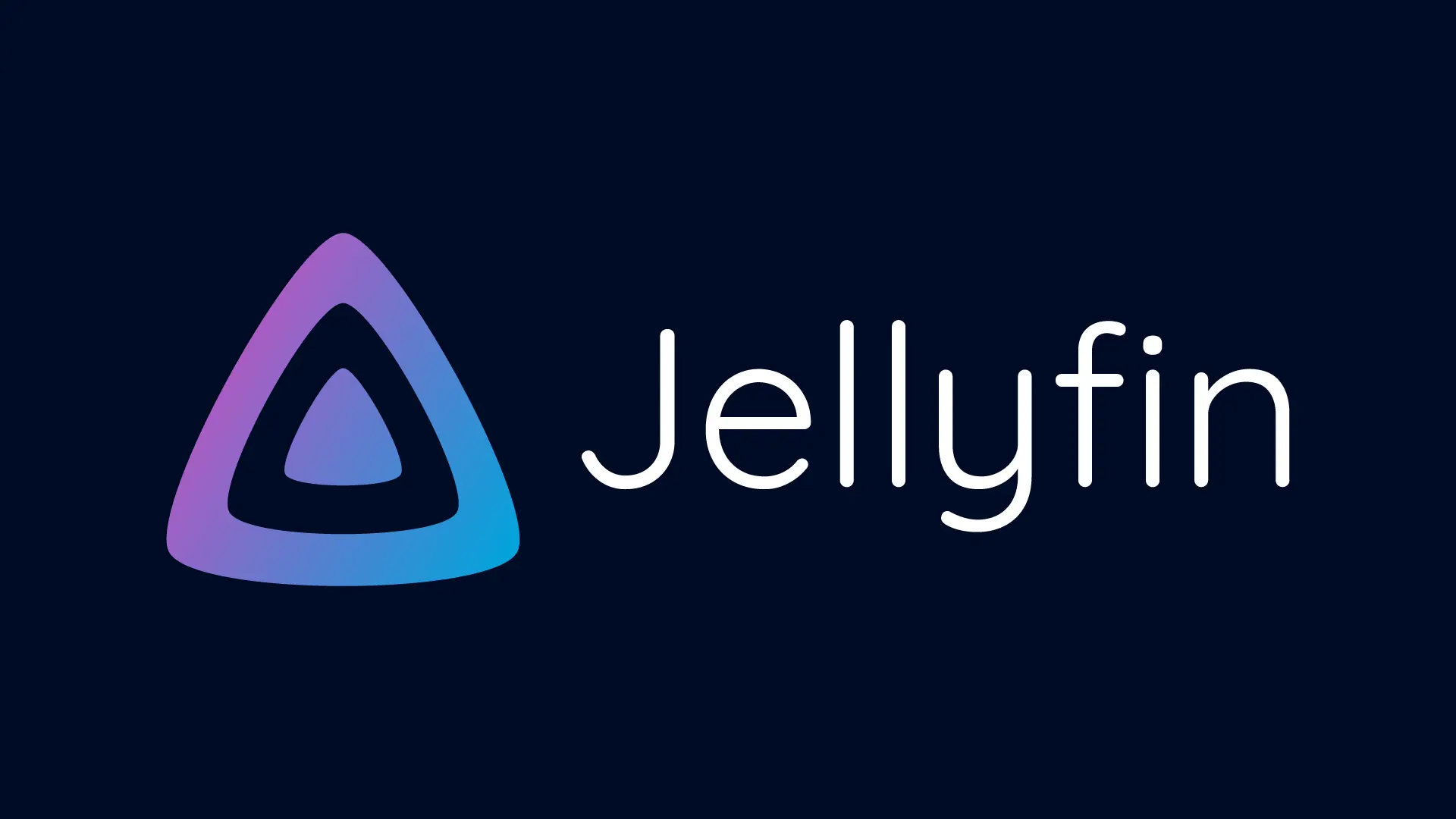
Plex to Jellyfin Transition
Jellyfin is a powerful open-source media server similar to Plex. It’s a bit rough around the edges, but it’s also more flexible and a better choice for long-term use. It supports more than movies; it can also handle audiobooks and—using plugins—much more.
Jellyfin runs on Mac, Linux, Windows and more. Download the Jellyfin server for the appropriate operating system and install. We installed it on macOS using Homebrew with a simple: brew install jellyfin
After the server is running, use a web browser to navigate to http://localhost:8096 where the Setup Wizard will walk through the process of adding the administration user, creating media libraries, and fine-tuning the installation. If you only want to serve shows from within the home, this is usually enough. We wanted to access the media server from outside the house, which meant adding NGINX, a proxy, and a security certificate. It’s not trivial to do these things, but it’s worth it in the long run. The Jellyfin documentation is top-notch.
It’s a good idea to configure libraries to store artwork, subtitles, and trickplay thumbnails—to show thumbnails while “scrubbing” along the timeline—next to the media itself. This makes it easier to backup and restore content. Plus, you can edit subtitles to fix problems, which is nice. We subscribed to Open Subtitles for automatic subtitle matching—a simple plugin to Jellyfin—and we also subscribed to Schedules Direct to download TV schedules for the HD HomeRun connection for over-the-air broadcasts.
Phew. That sounds way more involved than it should be. Why not just subscribe to a streaming service instead? Okay, which service? Is there one we can subscribe to that has the shows we watch (all of them) without compromise or control? Will these shows always be there? Is there a streaming service that won’t constantly push their content—no matter how good, bad, or horrible—in front of everything else? No. There isn’t. We paid for these shows; we want to watch them on our terms.
Setting up the media server is mostly a one-time event. Once correctly configured, it will work for years.
Web Interface
The web browser is the best way to interact and administer Jellyfin. Unlike Plex, access is direct without a middleman service controlling access. Users are local to the server and not managed elsewhere.
We use a custom domain (sorry, I’m not putting that domain here) which is something like: jellyfin.example.com
Navigate to the custom domain to communicate directly with the server. The web interface is a fantastic way to watch shows. I use a dedicated browser (currently Vivaldi) on my Mac to watch movies—no app required.
You can download movies through the web interface to your laptop to watch on the road when you don’t have a stable internet connection.
Open Source Device Apps
There are three main open-source applications to watch movies via Jellyfin. All of them work on the Mac, iOS, and iPad and are free. Jellyfin Mobile, Swiftfin, and Streamyfin. The Jellyfin app is the most flexible. Swiftfin is reliable. Streamyfin also supports offline downloads of movies for watching in planes or other internet-free locations. I mostly use Streamyfin with my iPad.
Infuse for iDevices
The Apple TV is a bit more complicated. There is a Jellyfin application, and it works, but it has some bugs. It’s free and fine for most situations. Infuse is a third-party paid media player application that can connect to Jellyfin servers. It’s rock solid, reliable, and gets most of what a person wants—watching shows. It lacks access to movie extras, and it does cost money—approximately $1 per month. Infuse supports family sharing, so the in-app purchase only needs to be made by the head of the family group, and the rest of the family can use it as well.
Infuse and Apple TV work well together. Too bad AppleTV won’t let you pre-cache (download) movies to the device before watching. Infuse does its best to cache the film in progress so it won’t hiccup. Infuse for the iPhone and iPad is also rock-solid and supports offline downloads with aplomb.
Transitioning from Plex
Plex is a great system, make no mistake. It handles most of the messy work. You install the media server, create a library, and register through their system; you’re done. However, the company behind Plex is starting to feel more like a streaming service than a self-hosted application. The new iPad app pushes Plex streaming content before self-hosted media. That was the trigger to make this change.
It’s nice that we can run both Plex and Jellyfin side by side while we transition, but soon we will shut down Plex and run only Jellyfin.